Shtetls through the centuries
Taras Vozniak, a culture expert, political analyst, editor-in-chief and founder of the Ji independent cultural journal, talks about shtetls as a social and cultural phenomenon.
What is a shtetl?
Yelyzaveta Tsarehradska: Let us begin our talk about shtetls with a definition to clarify their importance and the need to preserve them. So, what is a shtetl?
Taras Vozniak: To understand the socio-cultural or cultural phenomenon of shtetls, you need to know how the Jewish community emerged in Europe, including Ukraine. At one time, the Jews were scattered after the destruction of the Second Temple. They moved through North Africa, the Maghreb, Spain, and the Netherlands and were driven out from these lands, in turns, by Muslim and Christian zealots. They gradually reached Germany, later spreading to Poland and eventually to Ukraine. This was the Polish-Lithuanian Commonwealth comprised of four peoples: Lithuanians, Poles, Belarusians, and Ukrainians.
In the 18th century, nearly 80 percent of the world's Jewish population resided on the territory of the Polish-Lithuanian Commonwealth. The rest were dispersed through other countries. These Jews came via Spain, the Netherlands, and Germany. The Jews spoke different languages: Arabic in the Maghrib, Spanish in Spain, and in Germany, they developed a new language. The Spanish part of the Jews that did not go to the Netherlands, instead moving, for example, to the Balkans and Italy, spoke — and still speak — Ladino, an ancient Spanish language. Those who passed through Germany spoke Yiddish, a German dialect enriched with Hebrew and Slavic words.
The Jews brought along not only their language and religion but also their way of life. Given the persecution, this community was quite closed and lived in separate quarters. For example, their quarter in Venice was called the ghetto. This term acquired a negative connotation after the tragedy of the Holocaust, but it originally had a completely different connotation. The Jewish community did not want to mix with other religious and ethnic communities and closed itself in its circle, in its ghetto. The tradition of separation was thus born.

When the Jewish community reached the Polish-Lithuanian Commonwealth and eventually Ukraine, it usually settled in towns where they could earn a living as artisans or by doing something else. Thus, entire Jewish quarters emerged in such cities as Lviv, where I am from. In Jerusalem, the Old City there is divided into four quarters: the Jewish Quarter, the Armenian Quarter, the Arab Christian Quarter, and the Arab Muslim Quarter. Something similar was in Lviv. There was a Roman Catholic quarter (divisions were along religious lines back then), a quarter where Orthodox and Catholic Ruthenians lived, an Armenian quarter, and a Jewish quarter. But such a sharp and clear division was hardly possible in small towns. That is why Jewish communities that emerged there lived not quite separately but intermingled with other residents. This intermingling looked quite remarkable, especially in the 19th century.
Let's consider the relative size of Jewish communities in these towns. For example, Bolekhiv had up to 70-80 percent Jews among its population, while this figure was above 30 percent in Brody. Lviv was about 30 percent Jewish. In some towns, Jews accounted for up to 90 percent of the total population. Jews who passed through the Netherlands and Germany were called Ashkenazim, while those Jews who went from Spain to Italy, the Balkans, and Chernivtsi in Ukraine were called Sephardim. They created unique towns with a very noticeable Jewish component. These towns were called shtetls (from the German Stadt' town').
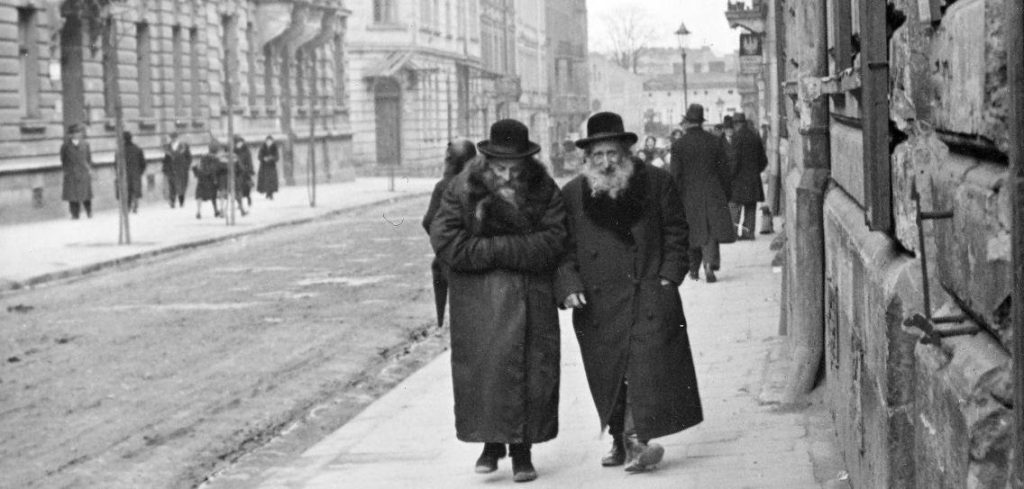
The structure of the shtetl
Yelyzaveta Tsarehradska: So, we are talking about a colossal cultural heritage. When it comes to 80 percent of the population of a particular town, we understand that it was really huge. There had to be certain principles according to which it all functioned. Were there any self-government and religious, social, or political institutions? What did the structure of the shtetl look like?
Taras Vozniak: The Jewish community of the Polish-Lithuanian Commonwealth was self-governed. It even had its highest body, a kind of parliament. He was called the Council of Four Lands: Lithuania, Russia, Poland, and Ukraine. Each community also had its own self-government and was ruled by a council.
There was also a structure attached to the synagogue as it was also a religious and social center that performed not only religious functions, e.g., taking care of young children and lonely people. There were even dedicated burial societies to handle such sad events as burials.
In the 19th century, the number of these public organizations increased dramatically as the Jewish society prepared for the possible resettlement or return to the historical homeland, the modern state of Israel.
Jewish communities existed quite independently. Even in the judicial dimension, these communities had their own judges, called dayanim, who resolved internal disputes.
It was a fairly separate society that existed for several centuries in parallel with the power of the king, magnates, city councils in big cities, or mayors in smaller towns.
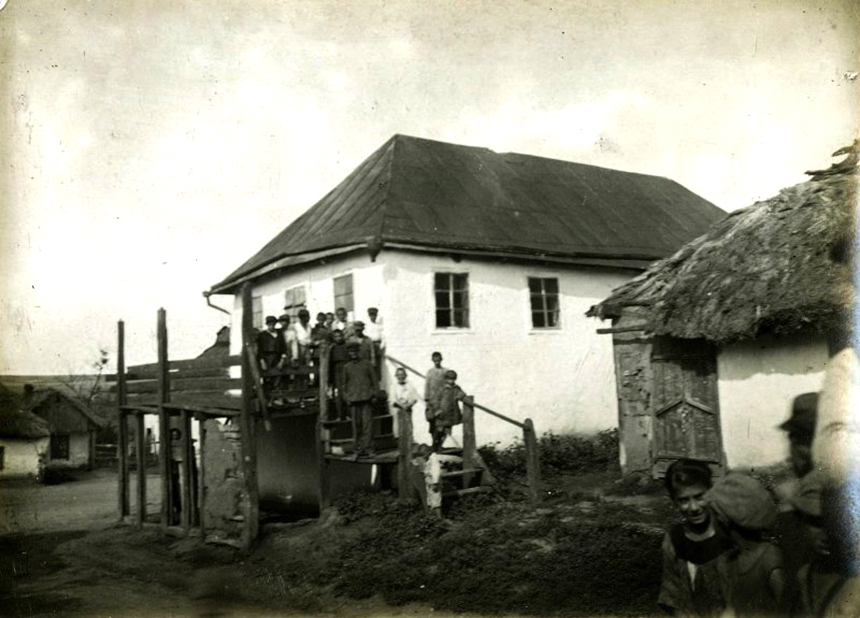
Justice in shtetls
Yelyzaveta Tsarehradska: Was there an option for justice at all? Or did the higher authorities administer it without the involvement of shtetl communities?
Taras Vozniak: We know many anecdotes in which a poor Jew comes to the rabbi as a wise, intelligent man. Incidentally, contrary to a widespread perception modeled on our priests, rabbis are not priests. These are people who can read and study the Torah and who are intelligent. This is something completely different. So, they were asked to advise on how to act in a certain situation or whether something corresponded to the religious tradition.
Apart from that, there were Jewish judges called dayans, as mentioned earlier. For example, when Mr. Rabinovych wanted to sue Mr. Brodsky and had already exhausted all the options in the High Court of Justice in London, the last court to which they could turn to remain and be deemed respectable Jews was a dayan. And he would say, "You must do this, and you must do that. You can do it or refuse to, but then your identification and respect for you will be completely different."
Coexistence of communities in shtetls
Yelyzaveta Tsarehradska: When we talk about shtetls, we understand that some of their residents were non-Jews. How did they interact with the Jews? Did self-government and the customs and traditions of shtetl life extend to them?
Taras Vozniak: No, each community lived its own life, but with respect for others to avoid hurting their feelings. Roman Catholics organized their social, church, and religious life according to one calendar. Next to them, Orthodox believers and Greek Catholics lived by a different calendar, and the Jews used yet another calendar. However, when there was a holiday in one of the communities, others made a special effort not to work the land or do something else that might offend that community.
As a rule, when we read history books, we get the impression that all history consists of wars, pogroms, disputes, massacres, etc. But in reality, a war, massacre, or pogrom lasted a day or two, a year, or several years. Meanwhile, in between are hundreds of years of peaceful coexistence. But historians do not notice this because it is not so spectacular or interesting. However, more attention is now being paid to these periods.
In fact, these communities lived in cooperation most of the time as their different parts performed complementary social functions. Some — usually not Jews — were farmers; others, including Jews, were merchants. Armenians engaged in trade, while others served in the military. Jews were not admitted into the army, and they did not participate, for example, in the Ukrainian-Polish wars, which were an internal conflict.
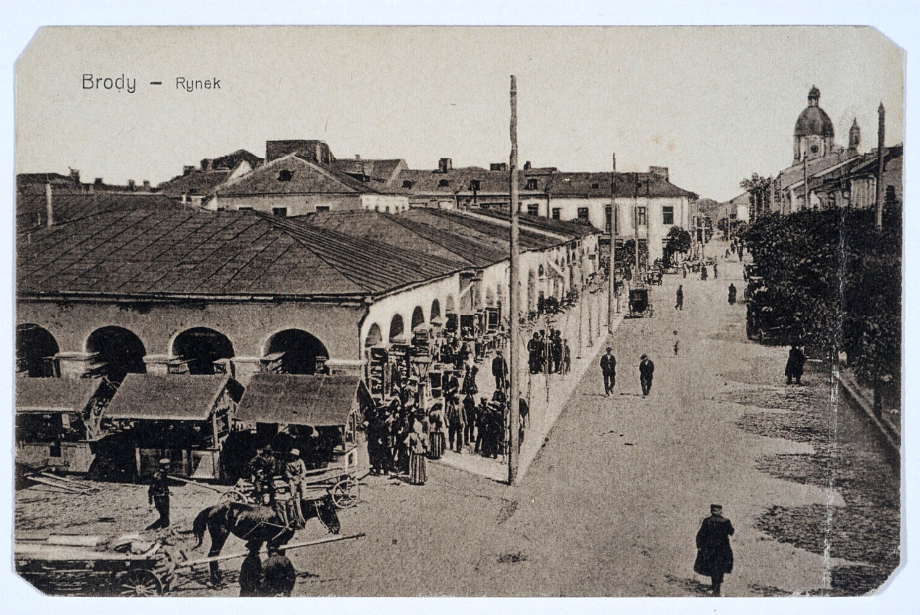
The rise and fall of the shtetls
Yelyzaveta Tsarehradska: Is it possible to define some periods of prosperity and early decline of shtetls? We understand that the decline occurred during the Second World War.
Taras Vozniak: The Second World War was not a decline but the end of the history of shtetls in Eastern Europe. The heyday of these communities was apparently in the 17th and 18th centuries, when they were quite efficient and united and lived their lives without assimilating with the surrounding population.
Problems arose in the 19th century with the national revival in Europe. This was when the German romanticists began to attach identity not to religion and ethnicity but to culture and language, something we are still fighting for. At one time, the Jews also championed this cause, so the Jewish enlightenment began. Some Jewish educators wanted to open the gates of the Jewish quarters and ghettos and let the Jewish people out into the wider world. The self-identification of these people was based not only on religion or ethnicity but on something else. For example, Germans of the Mosaic faith appeared in Germany, and Poles who professed Judaism in the Polish-Lithuanian Commonwealth.
The Jewish community began to experience secularization. Previously, the Jews wore traditional clothes (like other peoples) and professed their absolutely traditional religious beliefs. However, in the 19th century, under the influence of the French Enlightenment, Jewish enlighteners challenged many determinants that characterized traditional orthodox Jewish society. That was how the secularization of the broad masses of the Jewish population began, and the Jews started to cross the narrow confines of the shtetl, especially in large cities, where they entered the higher societies of the local elites: Hungarian, Polish, or German.
This process continued almost until the middle of the 20th century when a catastrophe hit. Even the remnants of shtetls and traditional life were destroyed by the Nazis in the most brutal way. Thus, the history of the shtetl almost came to an end.
At the same time, it was a kind of raft that sank because a huge, simply gigantic literature was created in Jewish languages: Ladino, Yiddish, and others. For example, not everyone — even in Israel — can read Sholem Aleichem, who wrote in Yiddish. When the state of Israel was restored, the Jewish patriots deemed it necessary to also revive the old language, Hebrew, which had not functioned in public space for 2,000-3,000 years. The linguistic space built on the German language obviously had to be rejected. Clearly, it was very traumatic to speak a kind of cryptic German after the Holocaust. In any case, the future of this huge literature is in doubt: for example, will there be a broad mass of readers for such brilliant writers as Sholem Aleichem?
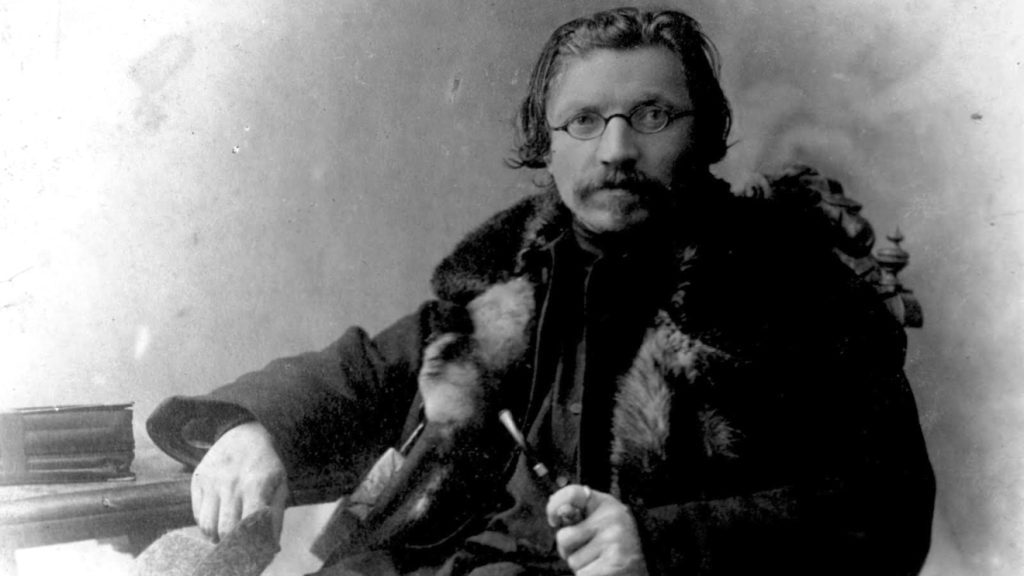
Preserving the shtetl tradition
Yelyzaveta Tsarehradska: Can we talk about reconstruction regarding shtetls, as of now?
Taras Vozniak: It's impossible. This was a certain historical phenomenon, like the Cossacks. Is it possible to reconstruct the Ukrainian Cossacks now? There are, of course, some Cossack clubs. They sometimes look funny and as cosplayers or theater performers at other times.
To a certain extent, the shtetl has survived only in one dimension. In the 18th century, a kind of Protestant Jewish religious movement of Hasidism emerged. Its founder, Baal Shem Tov, spent, I think, seven years in the mountains somewhere between Kosiv and Kolomyia. He did a lot of thinking there and slightly modified Judaism. Hasidic communities, which are adherents of this tradition in Judaism, preserve the traditional form of life of a Jewish community and very firmly at that. Whether in New York, in modern-day Safed, or somewhere in Jerusalem, these communities lead practically the same life — in all dimensions — as in the 16th and 17th centuries.
It may be archaic, something like the Amish in the USA who lead that archaic way of life. They think it's right thing to do, and maybe it is. Perhaps someone in heaven will judge what was right. In any case, these communities exist and are the de facto successors to the shtetl and its way of life.
On top of everything else, it is quite touching. Take Safed, for example. These are mountains in the direction of the Golan Heights, towards Syria. If you go there, you get the impression that you are going to Kosiv: the pine trees and mountains are very reminiscent of our Carpathians. I remember arriving in Safed, the city of Isaac Luria, a great medieval Jewish philosopher. It was the beginning of the Sabbath, and so there was no one around to be seen. We looked and saw an inscription: "Kosiv Synagogue."
The Hasidim continue to live this way. This is the only thing that can really perpetuate the shtetl tradition, and this is how it will be because these people do not want to deviate from their religious beliefs in any way.
Cultural diversity of Ukrainian cities
Yelyzaveta Tsarehradska: When discussing reconstruction, I understand that it's impossible to recreate things as they were. But I constantly feel that the Jewish element is lacking in the development of culture and the general picture of Ukraine, even when I talk about Kyiv. I am a Kyivan, but now I am getting to Kyiv entirely from scratch. In particular, I am learning about the Jewish influence and discovering for myself all the things that the Jews did in the city in the past. I did not witness them, so recalling these things is not an option for me, unfortunately.
So, every time we talk about these topics, I feel the need for restoration. It's not just a matter of ticking a checkbox. Restoration is a way for me to know myself. It seems to be that way for many, if not all, Ukrainians. Of course, we are talking about completely different influences, but the Jewish influence was very palpable, I think.
Taras Vozniak: It is still there. It's just that we don't see it in our mass. You have to put on other glasses. At one time, we had this idea at Ji, an independent cultural journal: we wanted to show our towns and cities, for example, Kolomyia, Stryi, and Ivano-Frankivsk. First, we showed them as Ukrainian settlements and published an issue featuring Ukrainian activists, schools, traditions, etc. Then, we showed them as places with large Polish communities: we looked at them through Polish eyes, simply changing the glasses from green to some kind of orange. We also wanted to show them as places of Jewish culture and published a special issue about Jewish Galicia.
It was published in the form of a guidebook because people are fairly lazy by nature and are reluctant to learn things and change the glasses through which they look at the world around. But it has become the go-to book for tour guides. If they deal with the history of Galicia in the broadest sense (Polish, Ukrainian, Austrian, and Jewish), you can come on a tour to, for example, Kolomyia and see that there was a synagogue there. Yes, now it is some kind of warehouse or remodeled supermarket. And this house in Ivano-Frankivsk belonged to Hartenberg, and so on.
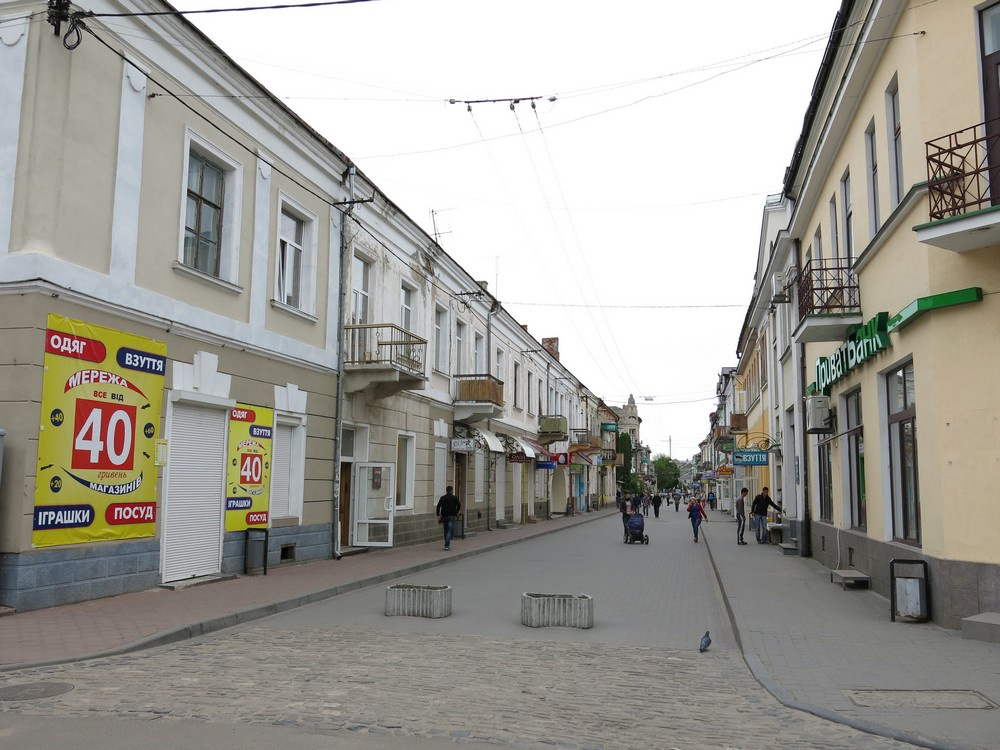
All these things and all the artifacts have survived. It's all there; you just have to switch to a different pair of glasses and look at these things from a new perspective. You will see the Polish, German, and Austrian worlds in our towns and cities.
Yelyzaveta Tsarehradska: Absolutely. I think there are actually a lot of sources you can use to help change that perspective. And one of these sources is your book Shtetly Halychyny (The Shtetls of Galicia). Will it be reprinted? It seems to be a very timely publication.
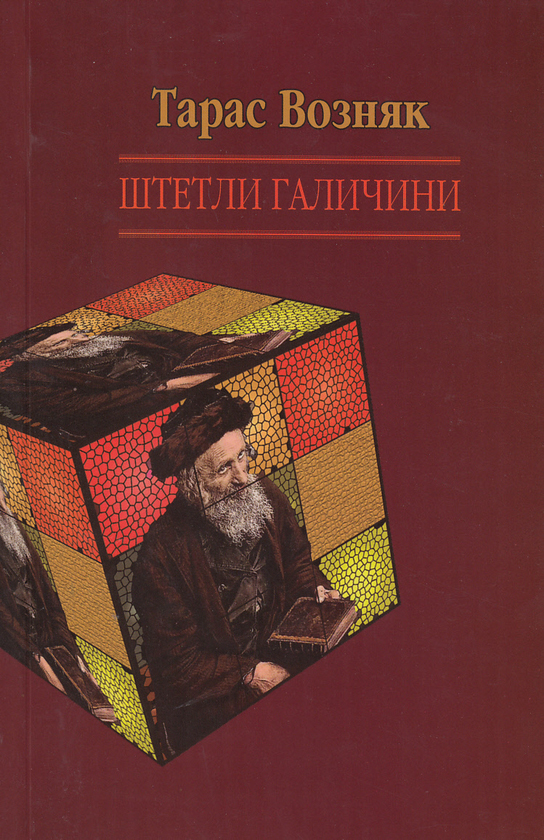
Taras Vozniak: This book has already seen three editions. Initially, it was published as a journal, then as a paperback, and now as a multivolume edition. Moreover, it has been translated into Polish and English. For example, the POLIN Jewish Museum in Warsaw used it to mark the territory that is now Ukraine.
This program is created with the support of Ukrainian Jewish Encounter (UJE), a Canadian charitable non-profit organization.
Originally appeared in Ukrainian (Hromadske Radio podcast) here.
This transcript has been edited for length and clarity.
Translated from the Ukrainian by Vasyl Starko.
NOTE: UJE does not necessarily endorse opinions expressed in articles and other materials published on its website and social media pages. Such materials are posted to promote discussion related to Ukrainian-Jewish interactions and relations. The website and social media pages will be places of information that reflect varied viewpoints.


















